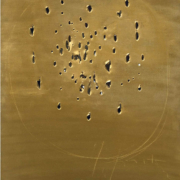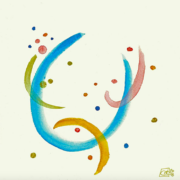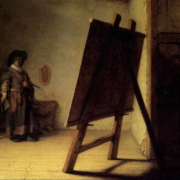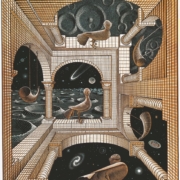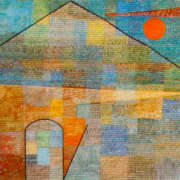Group Field and School Context.
Abstract
We have chosen the previous quotation because we consider it accounts for some unconscious beliefs shared by the social groups which are part of the community, such us parents, journalists, teachers, students, politicians and leaders. Based on Bion’s approach to groups, we could say that the aforementioned groups show beliefs that make them work as Basic Assumption Groups, either because school represents the << Leader>> or because it embodies << the Messiah>> who solves whatever happens, or because school turns dangerous and becomes the object to << Fight>>; in short, because school does not fulfill the expectations pinned on it. This is what we have found in discourses and representations analyzed in a research on << Violence Breaking out at Schools>> conducted through the years 2005 and 2011.
The research placed focus on the different teaching levels in Southern Greater Buenos Aires (Province of Buenos Aires) and Northeastern area of the Autonomous City of Buenos Aires.
On this article, we focus on reflections upon the groups from the secondary level of official education, based on the sample upon which the fieldwork was conducted. We will deal with the collective representations parents, teachers and adolescents have about << what they feel, think and do as integral groups of school as institution>> when some critical incident breaks out in school scene.
Surveys, interviews and participant observations were carried out so as to identify what each group understands by << violence>>, what they do to tackle it and what they propose to prevent it.
In order to provide a context for the topic of research, we deem pertinent to determine the moment school started to talk about violence and the concept of child, adolescent and adult it handles. For this purpose, we have also worked on archeology and history of violence and adolescence.
Even if there have been a great number (210) of surveys and interviews carried out, we do not intend to conduct a statistically meaningful research, but a qualitative and exploratory research tending to identify variables and dimensions of the issue.
In view of an interdisciplinary work, we built a network between the research department of IUSAM (University Institute of Mental Health and Psychoanalytic Association of Buenos Aires) and the ISFD No 1 (Institute for Teaching Training) in Avellaneda.
It has been broadly observed that violence in school actors’ representations does not only involve the disruptive action exerted on the physical and/or mental space of the other, but also the omission of a trustful presence expected to regulate impulses.
We succeeded in building risk indicators for the appearance of critical episodes based on adolescents’ and adult caretakers’ statements and their shared beliefs.
We can give us an idea that the members participating in an incident generally fail in identifying the situation through the functions of empathy and reverie.
With the input obtained from these investigations, we intend to make a contribution to the teaching community, in training stages and also in community projects aiming to violence prevention.
We have identified some interaction styles preceding violence; for that reason, we have designed a new research, this time, aiming at identifying interaction styles before, during and after incidents.

